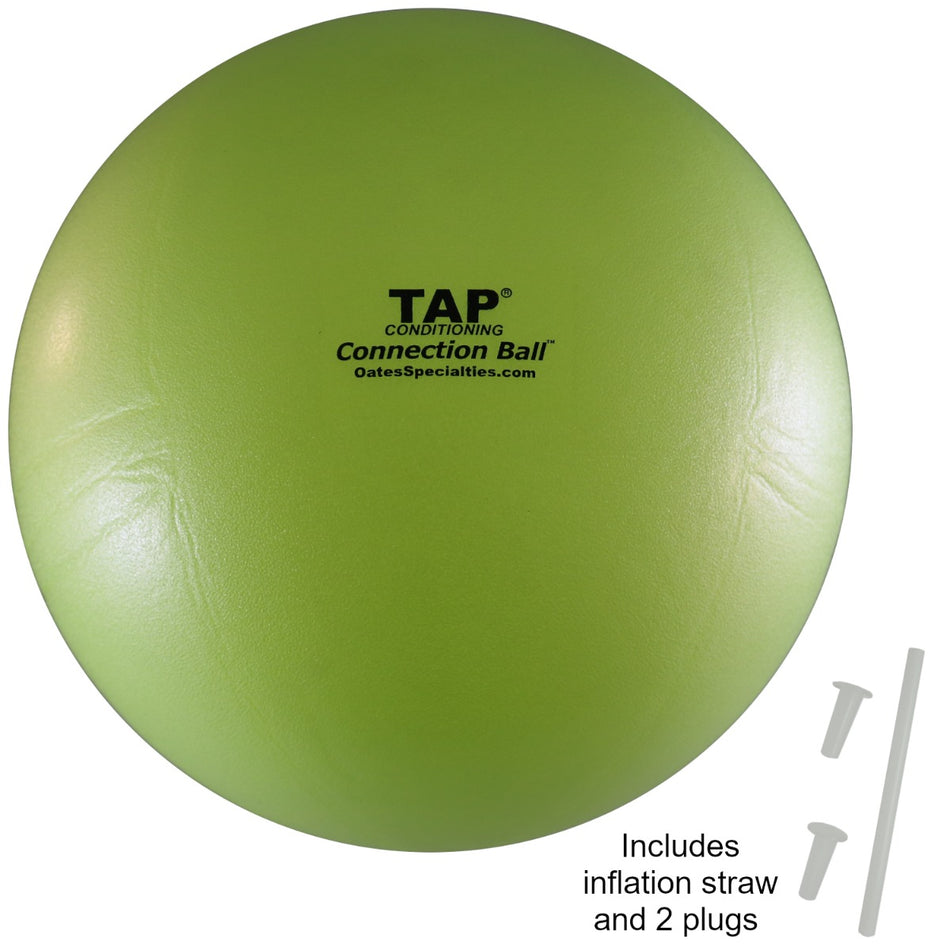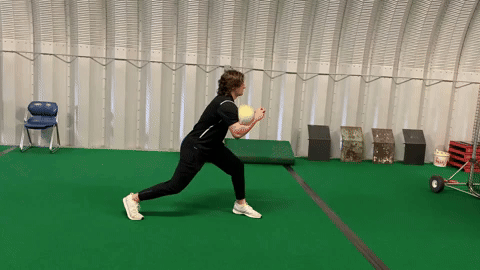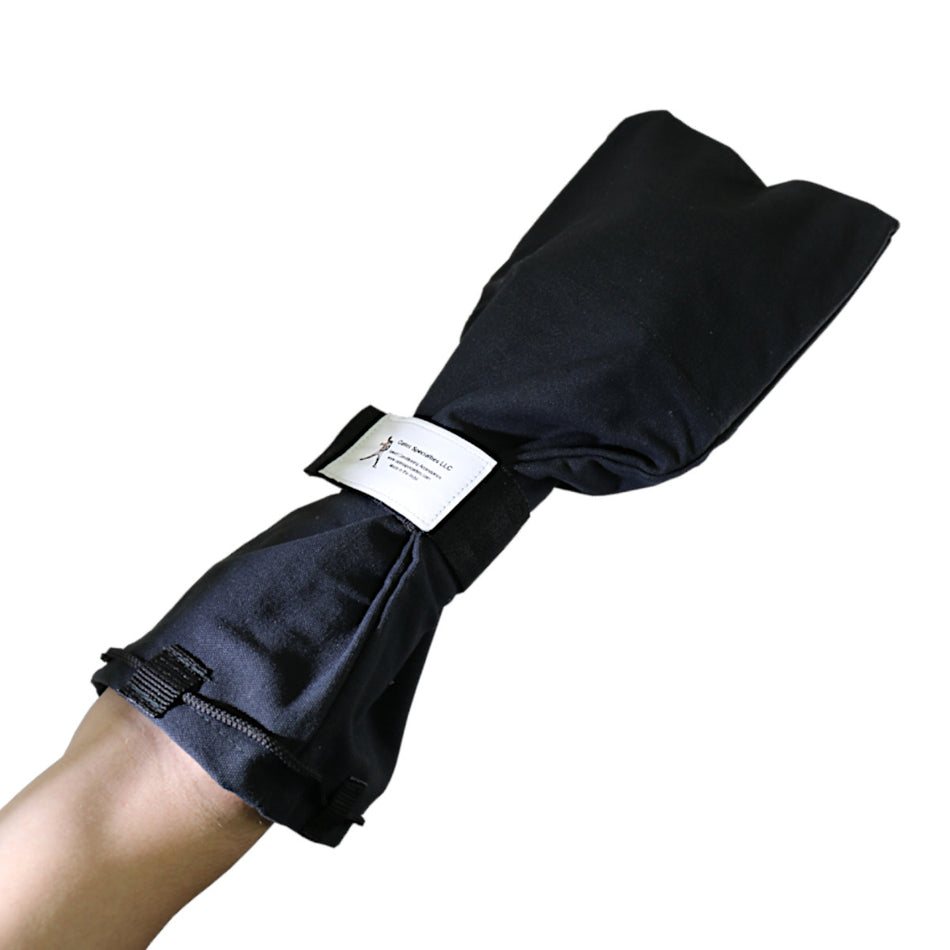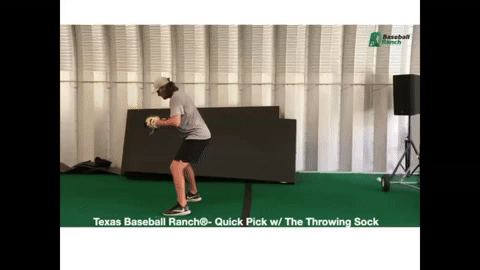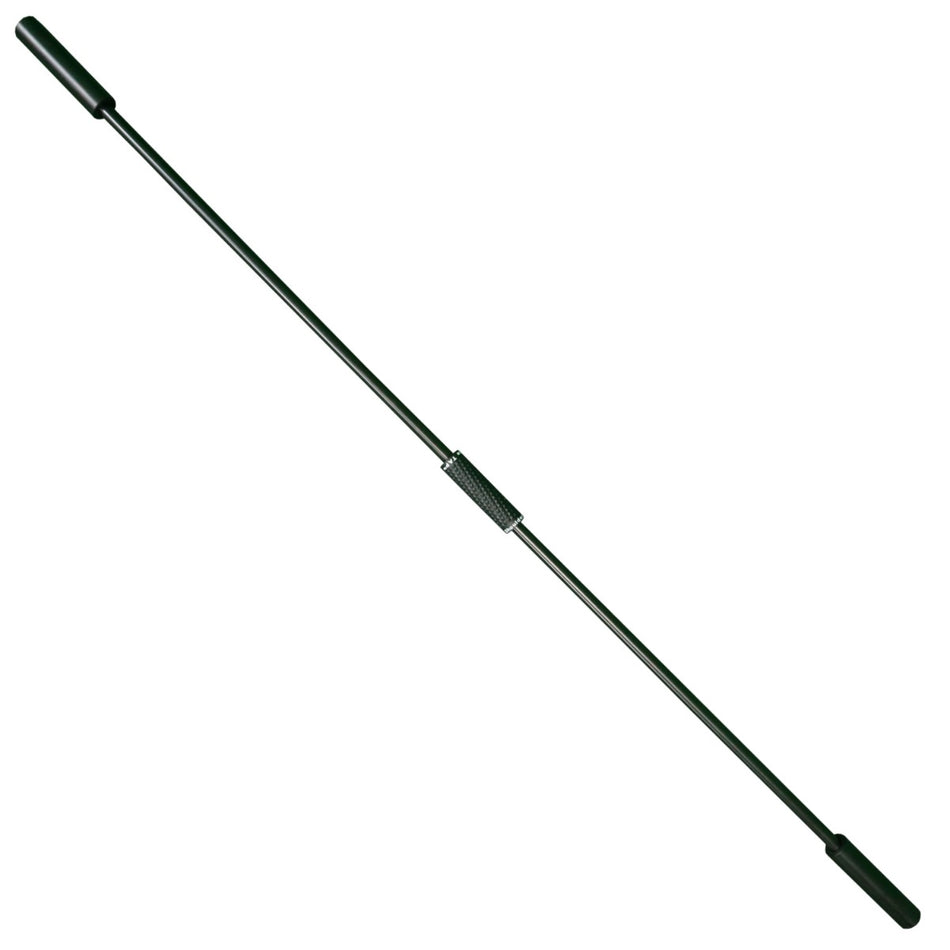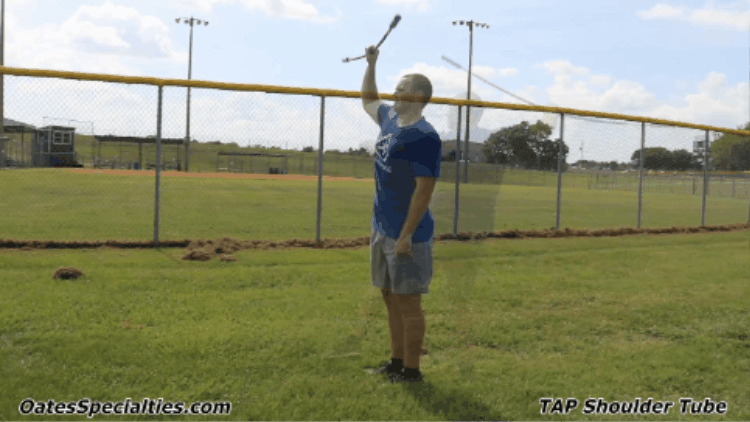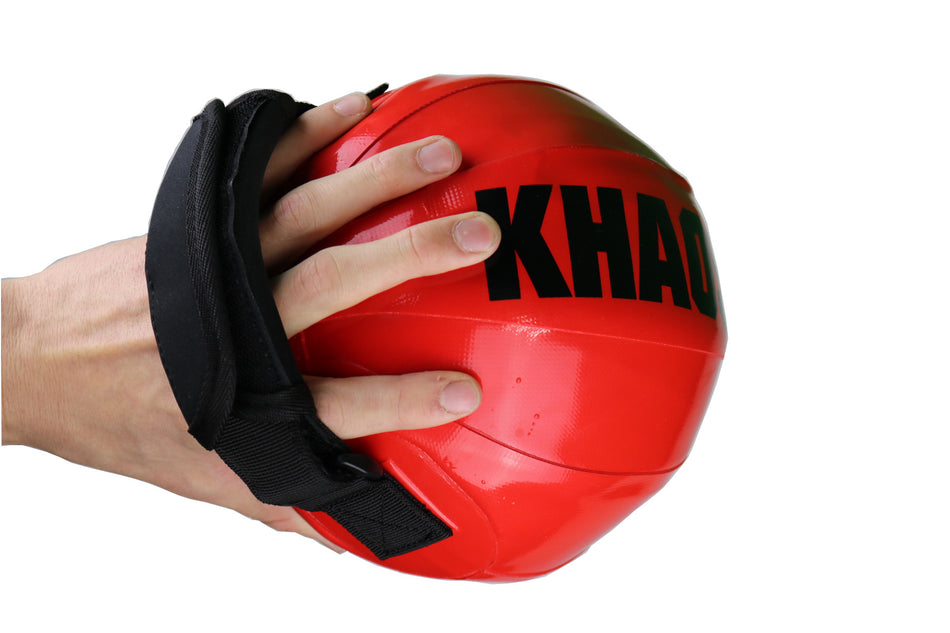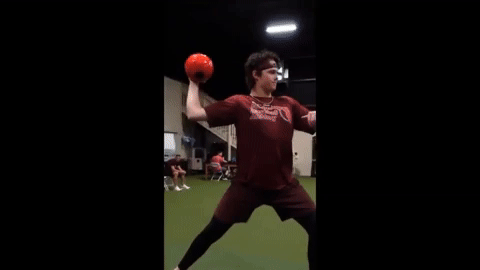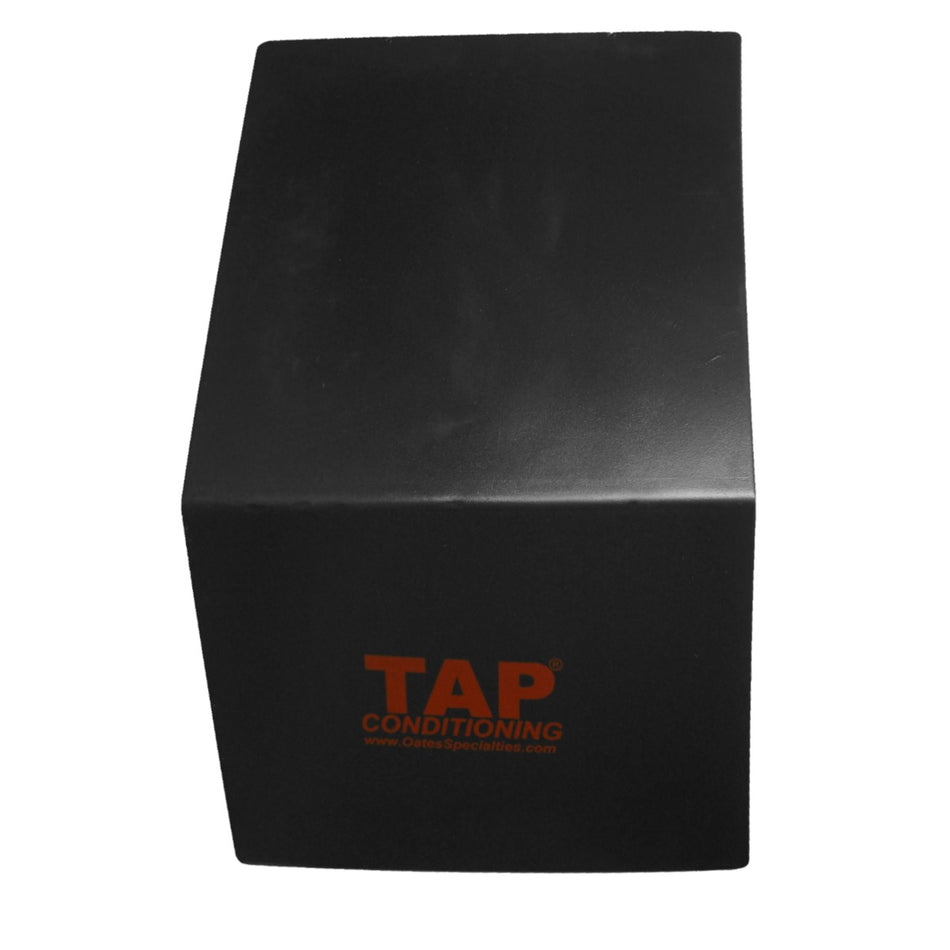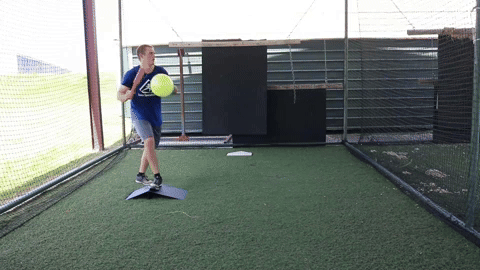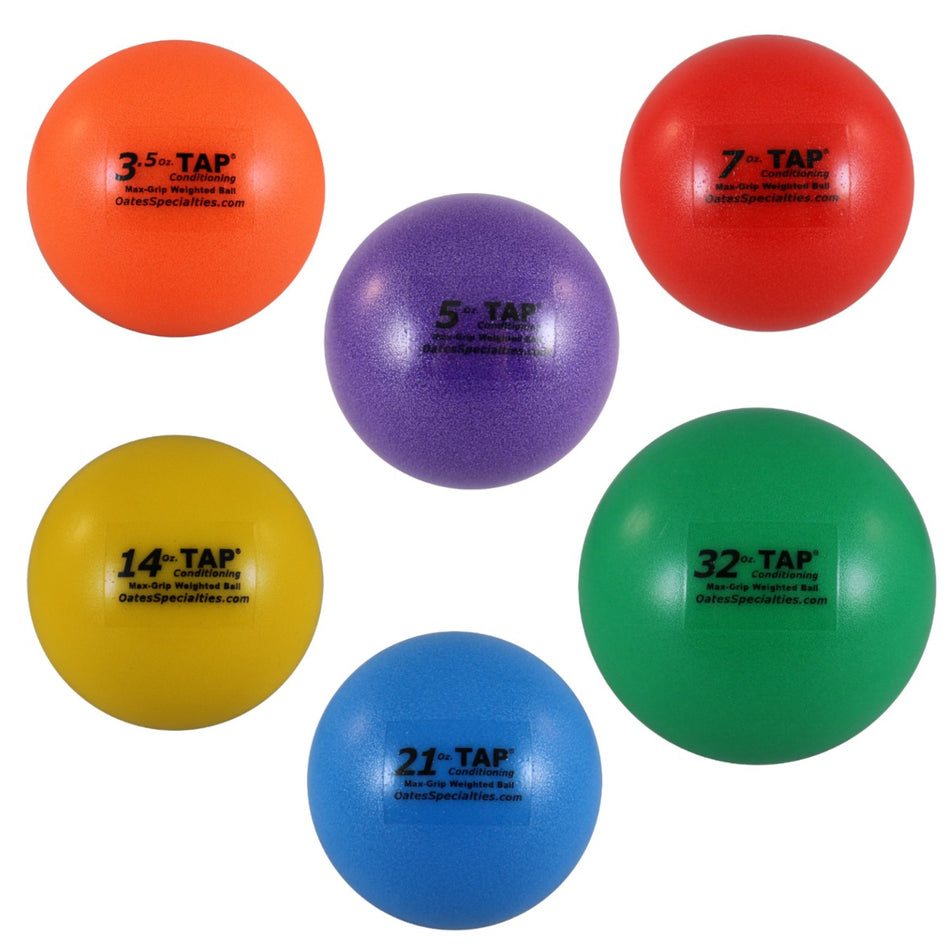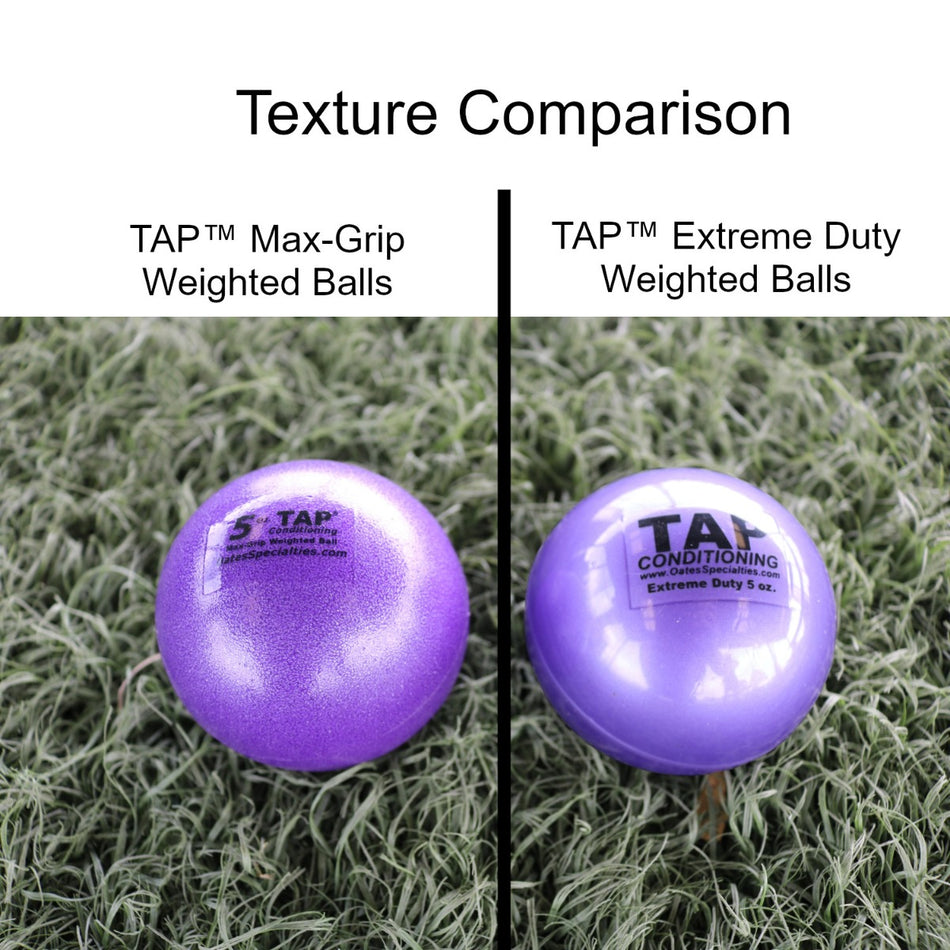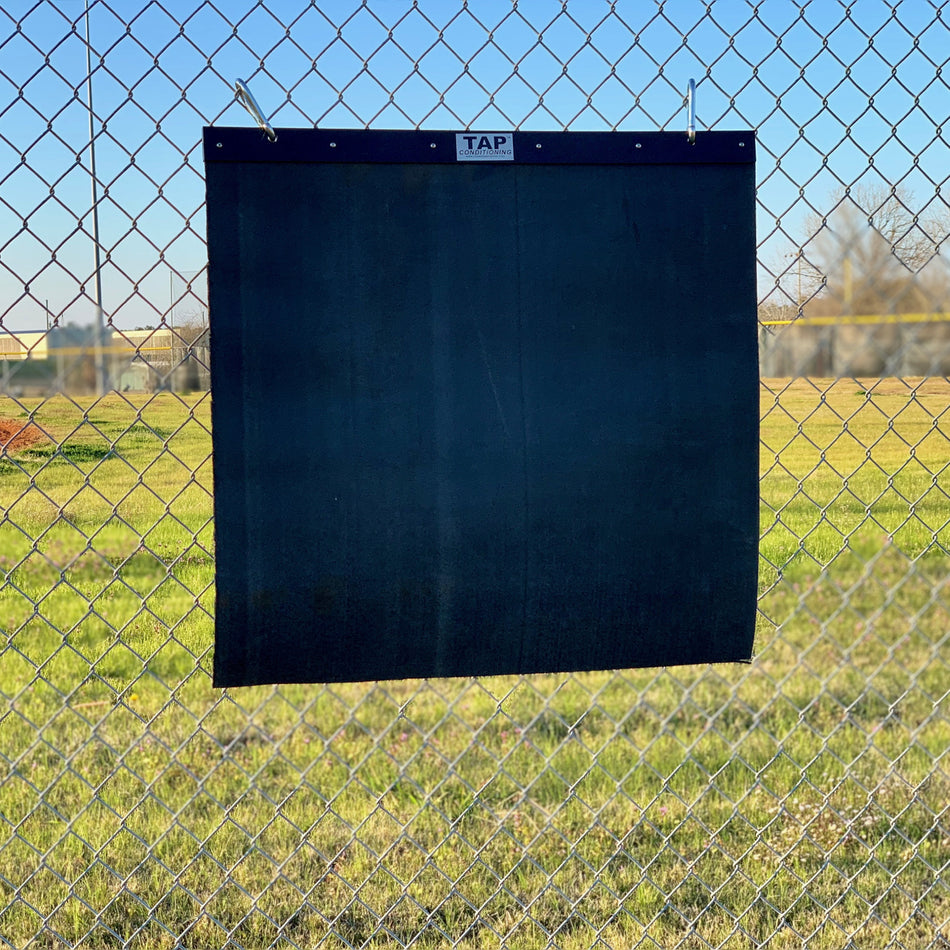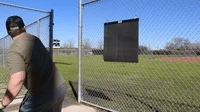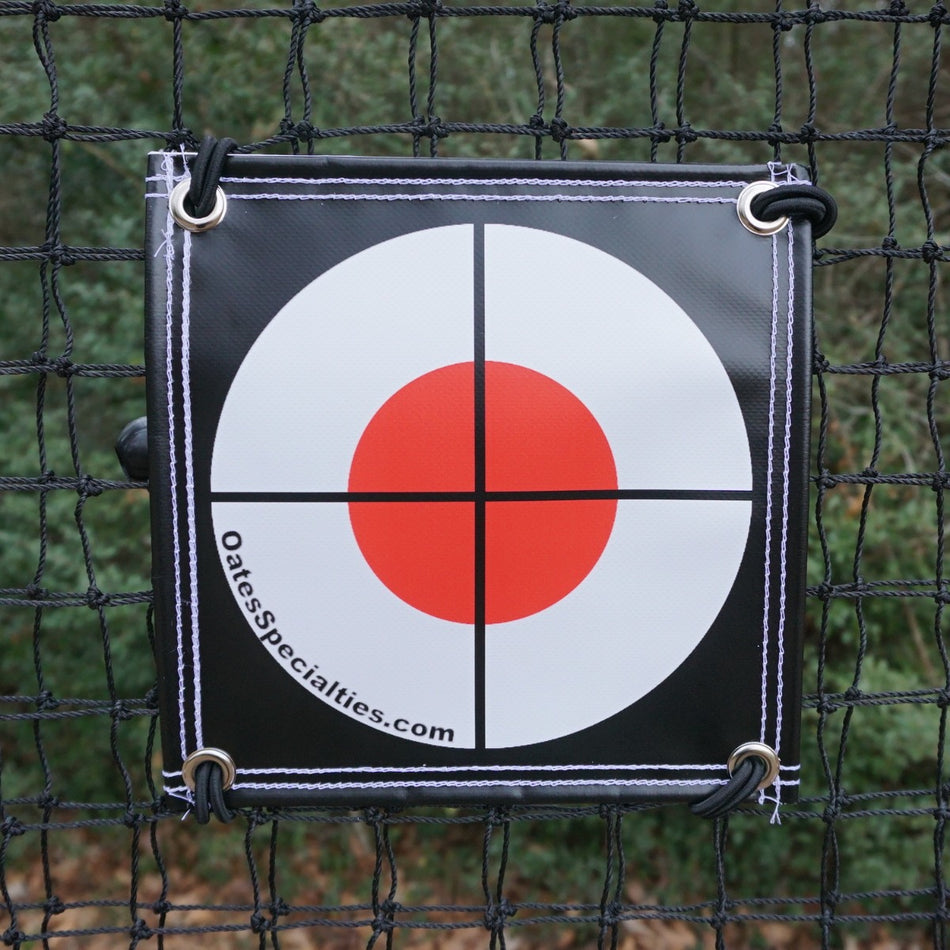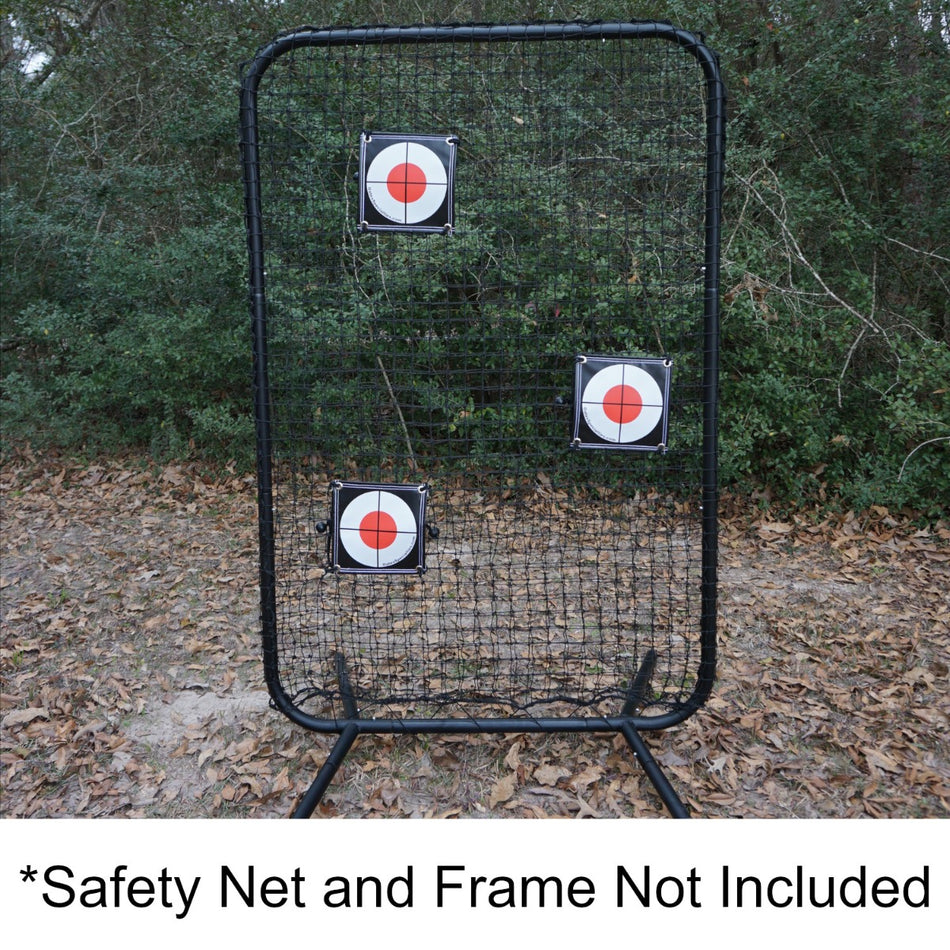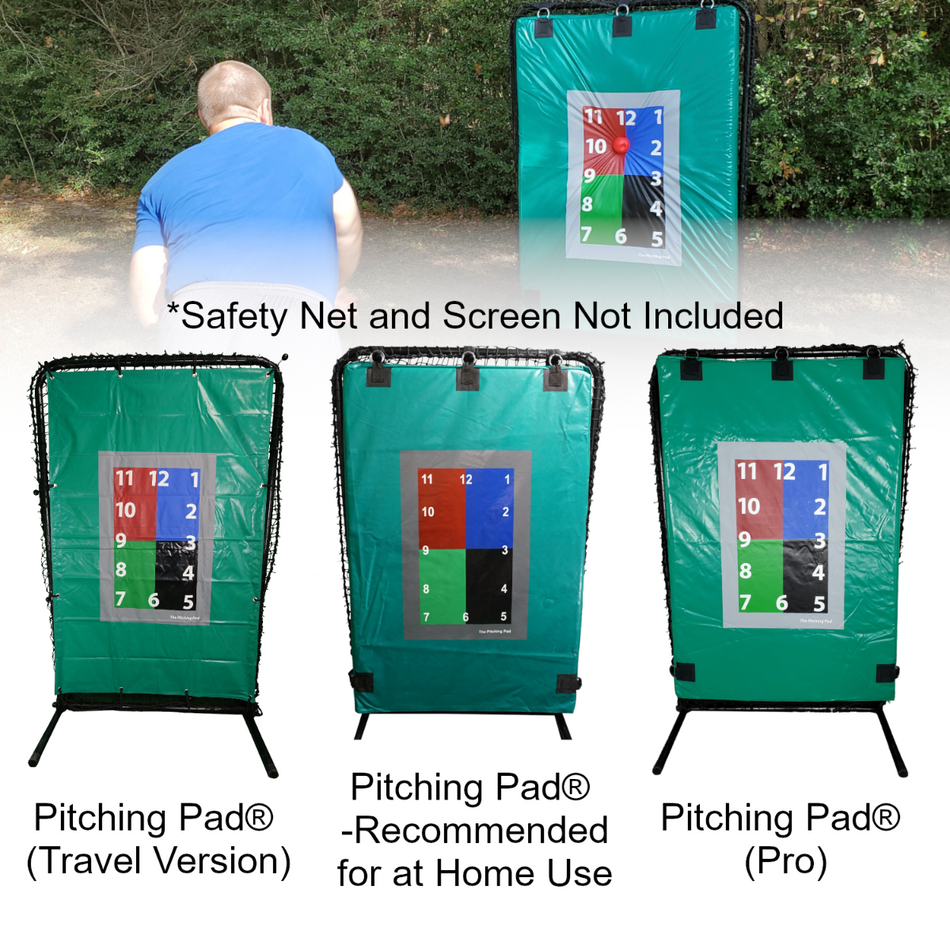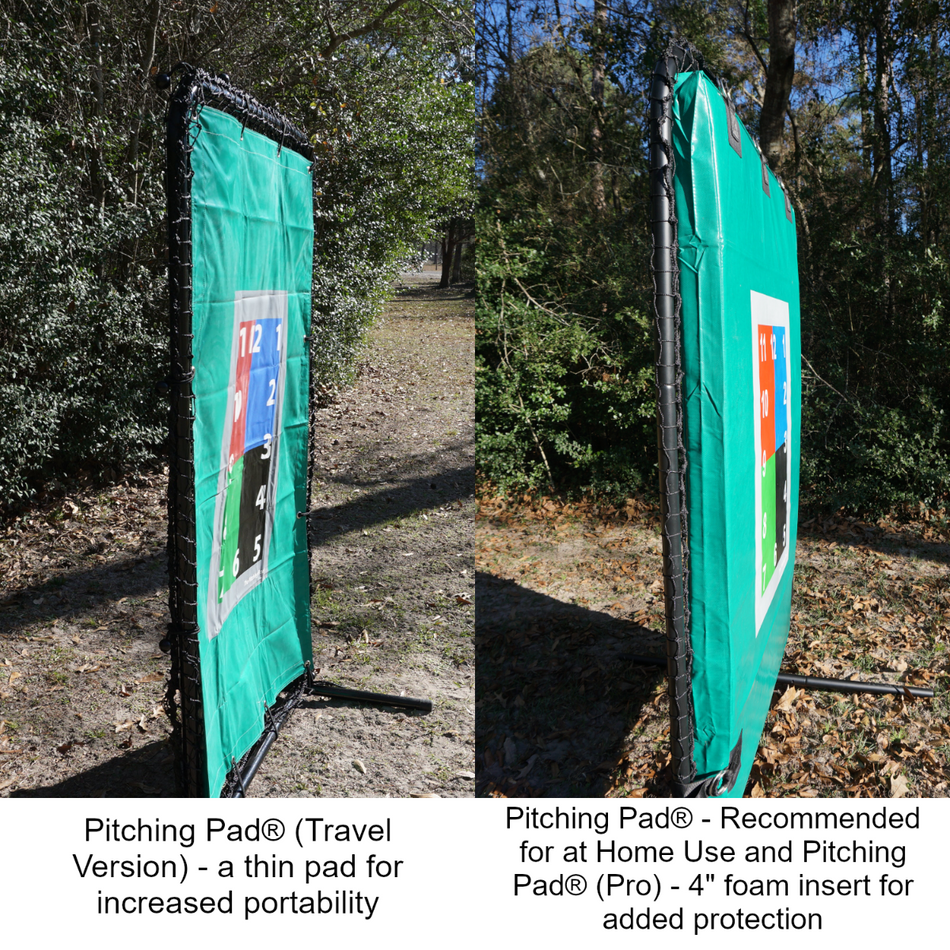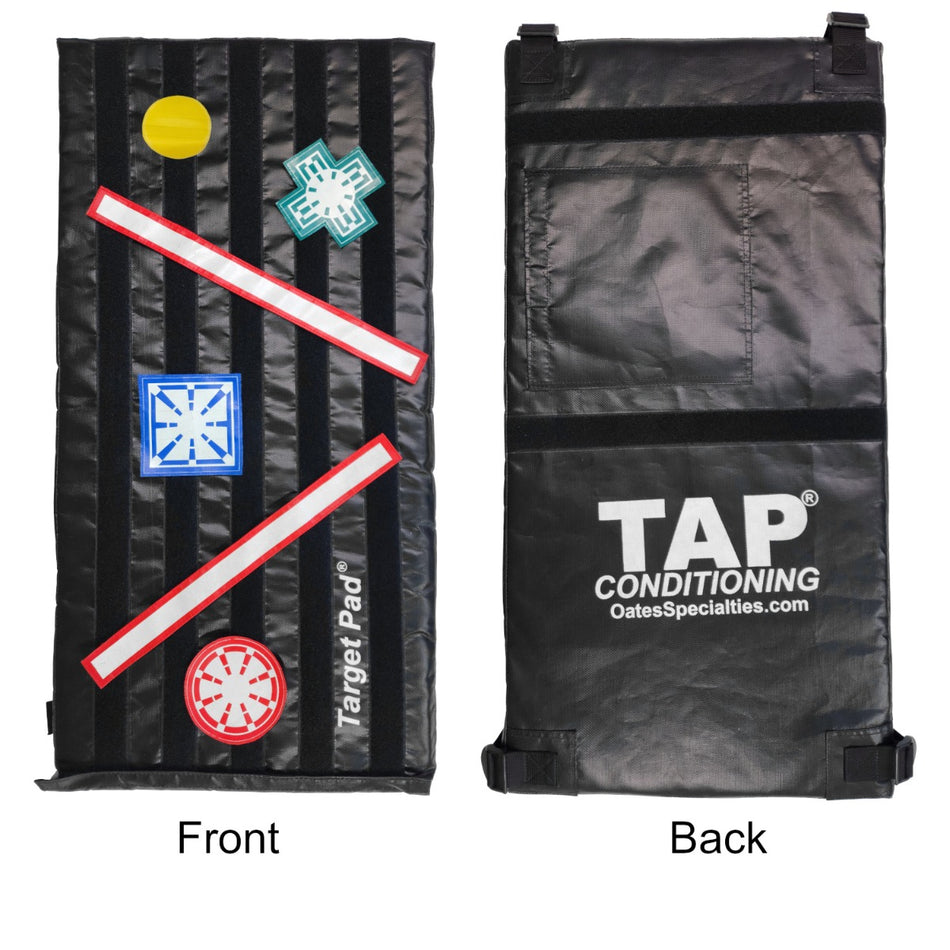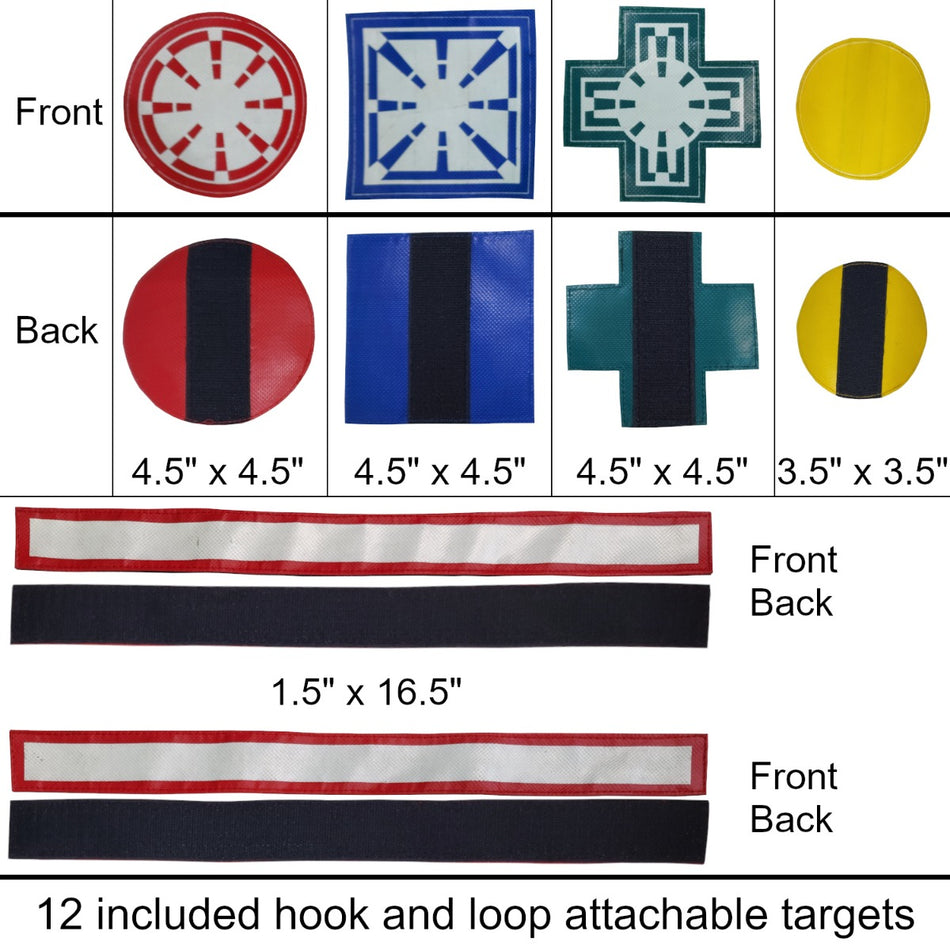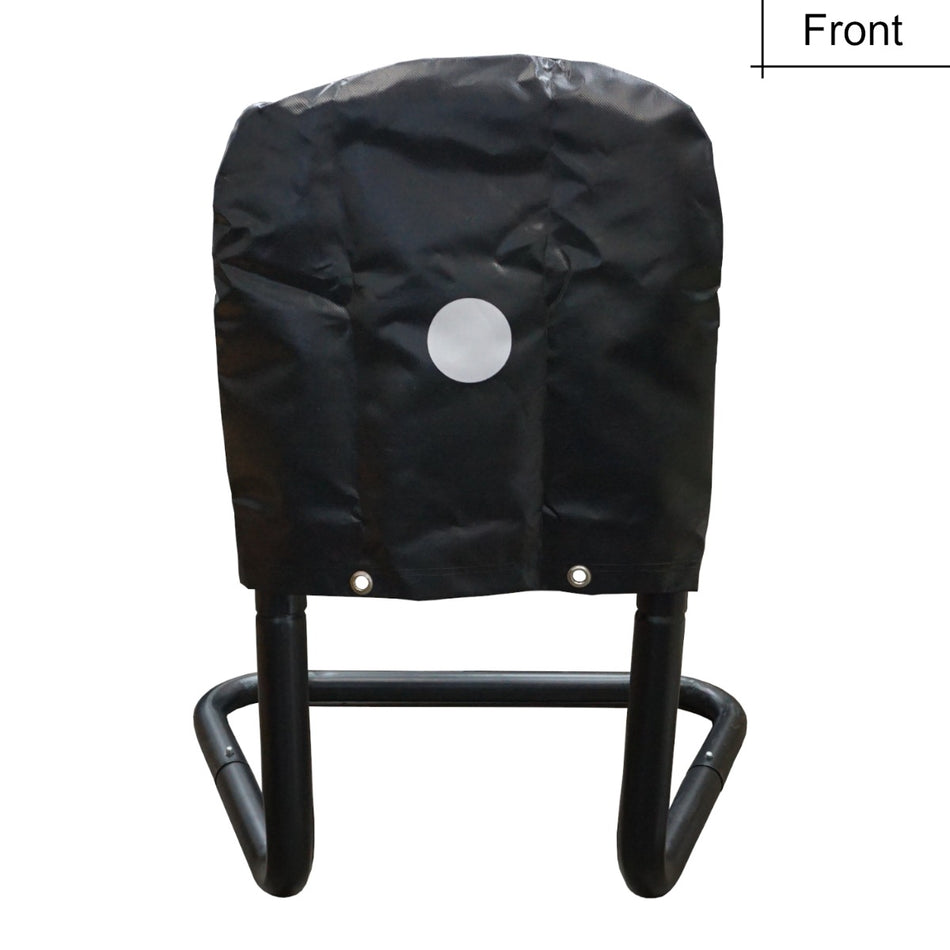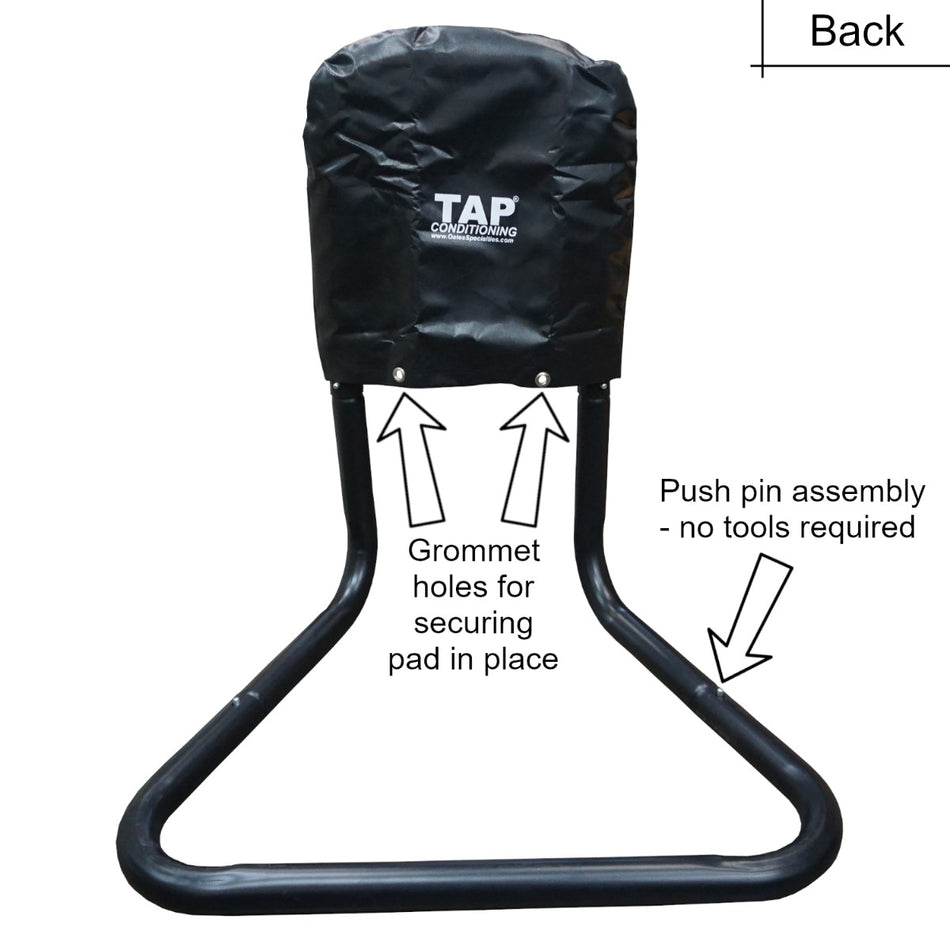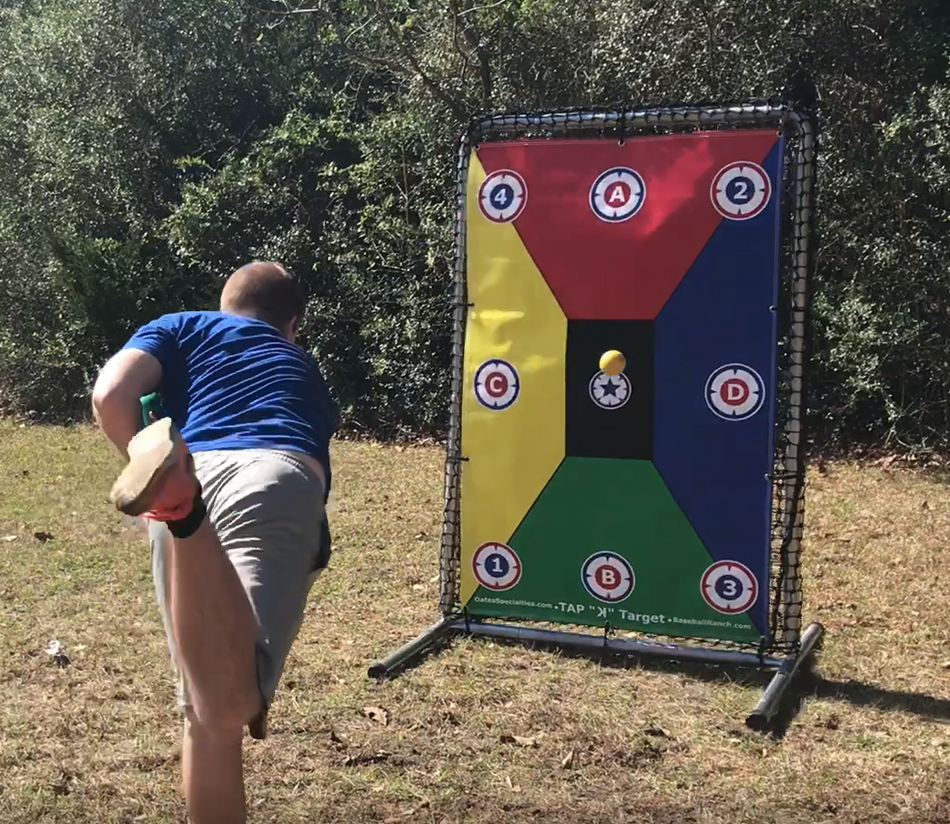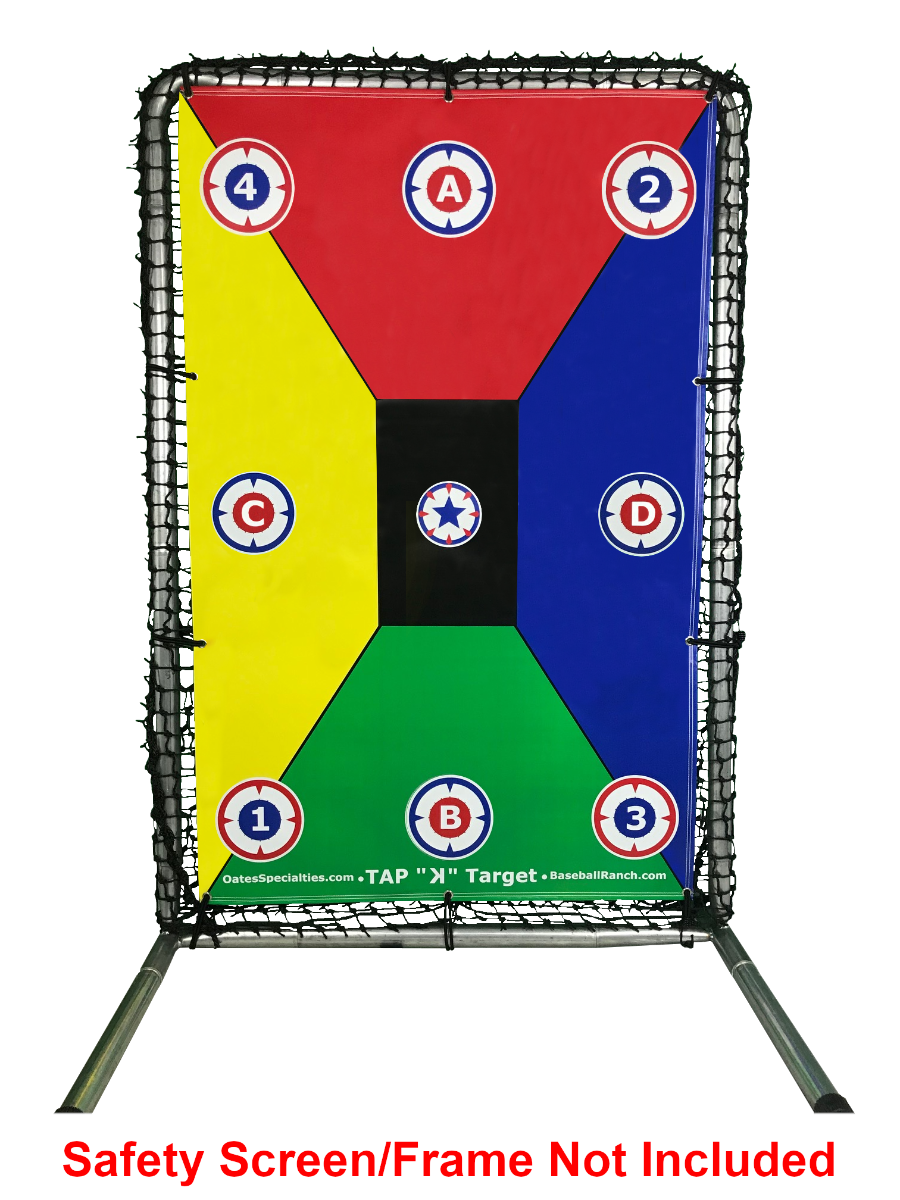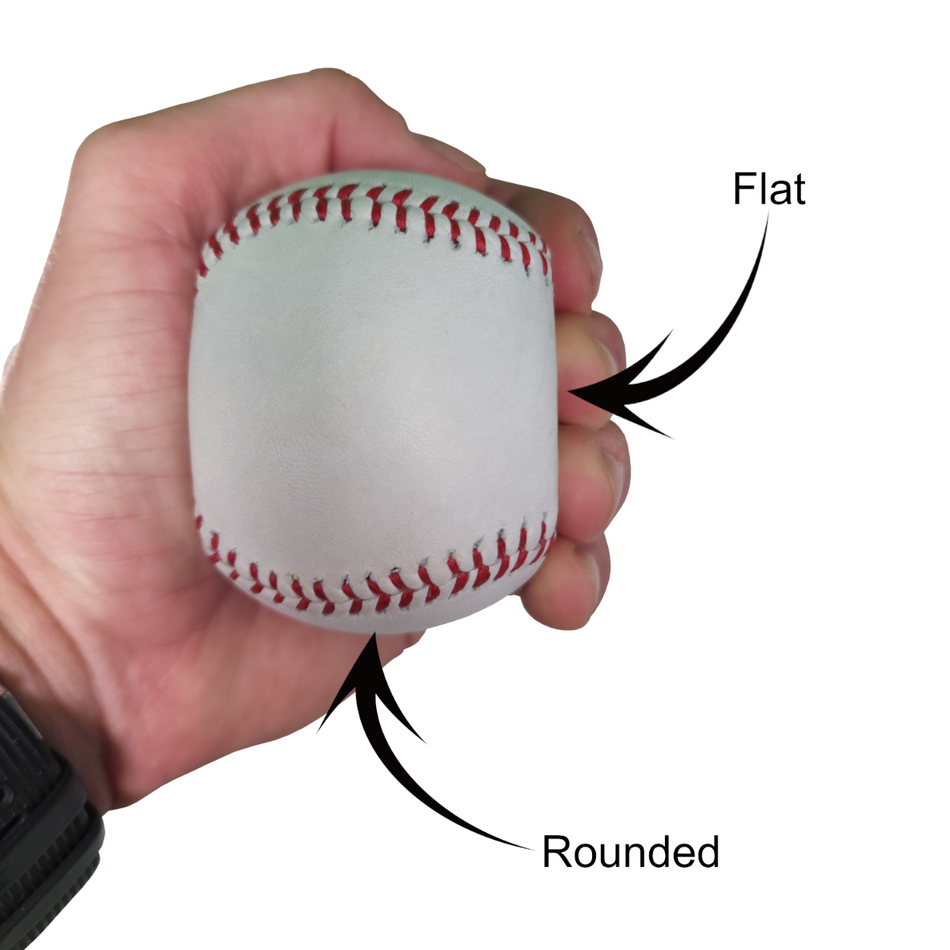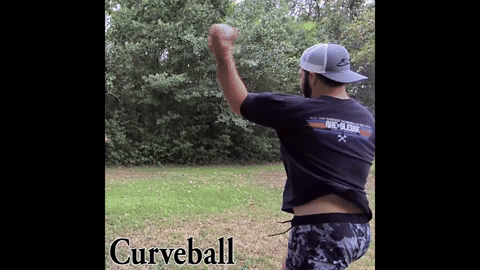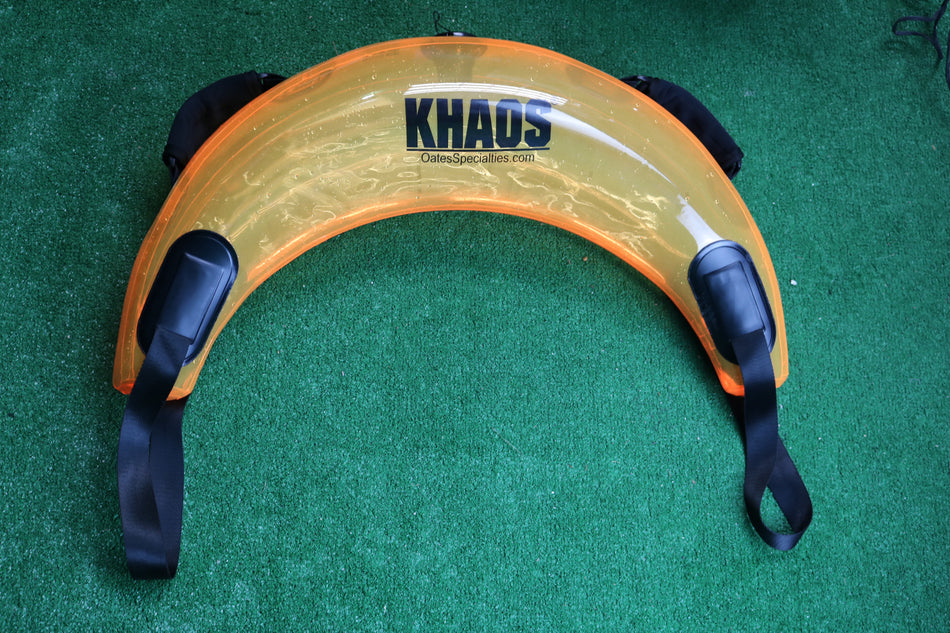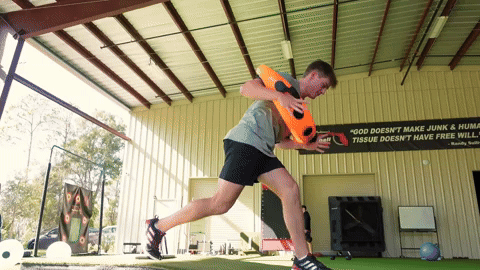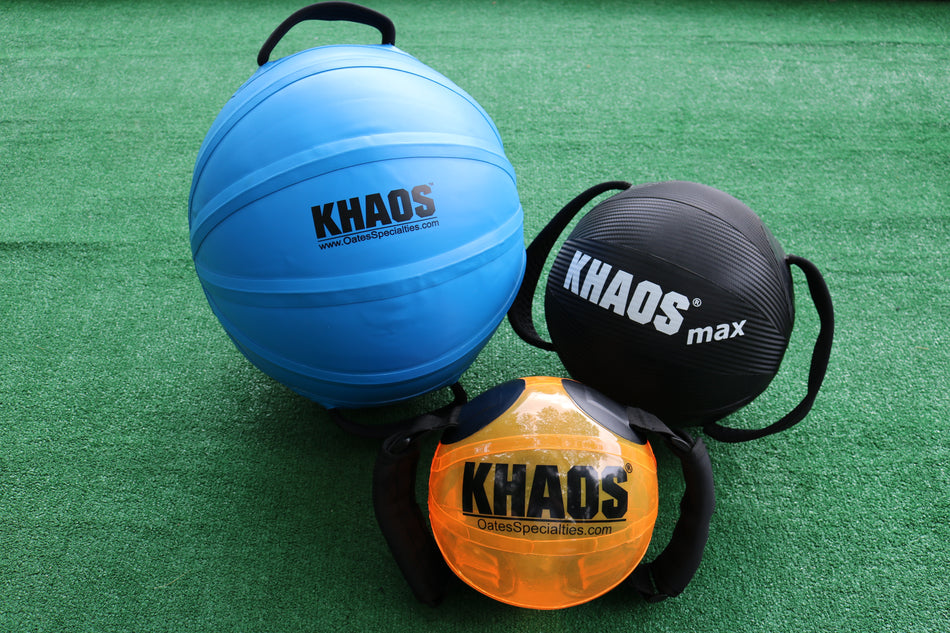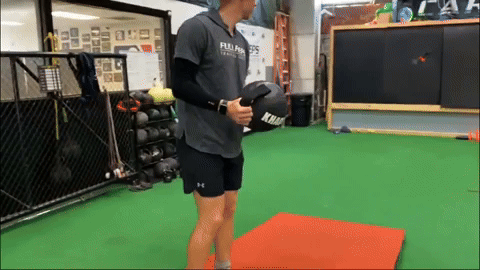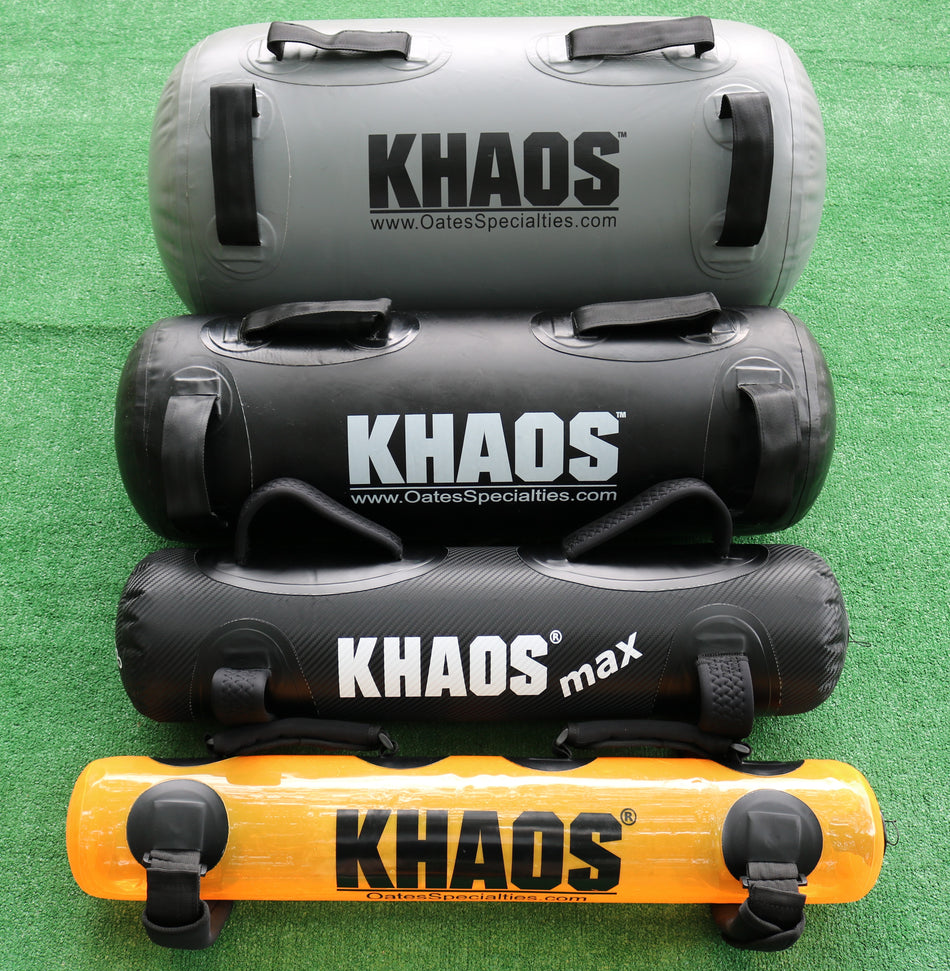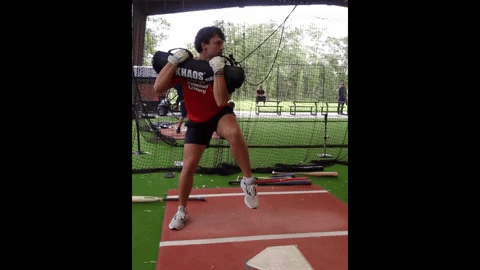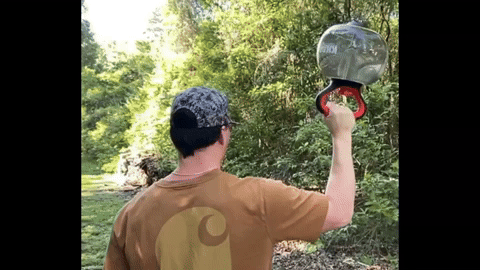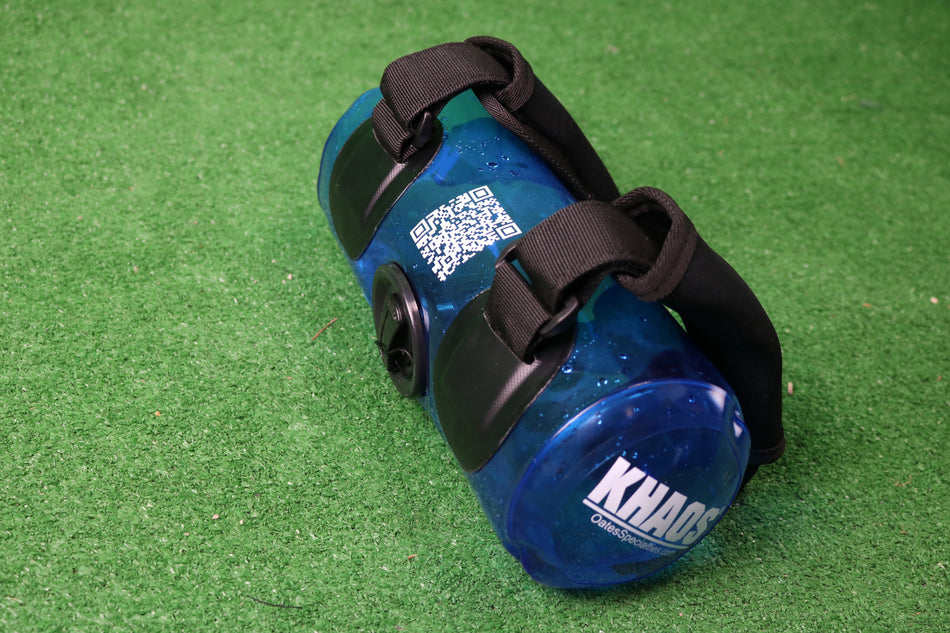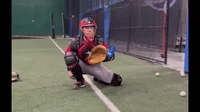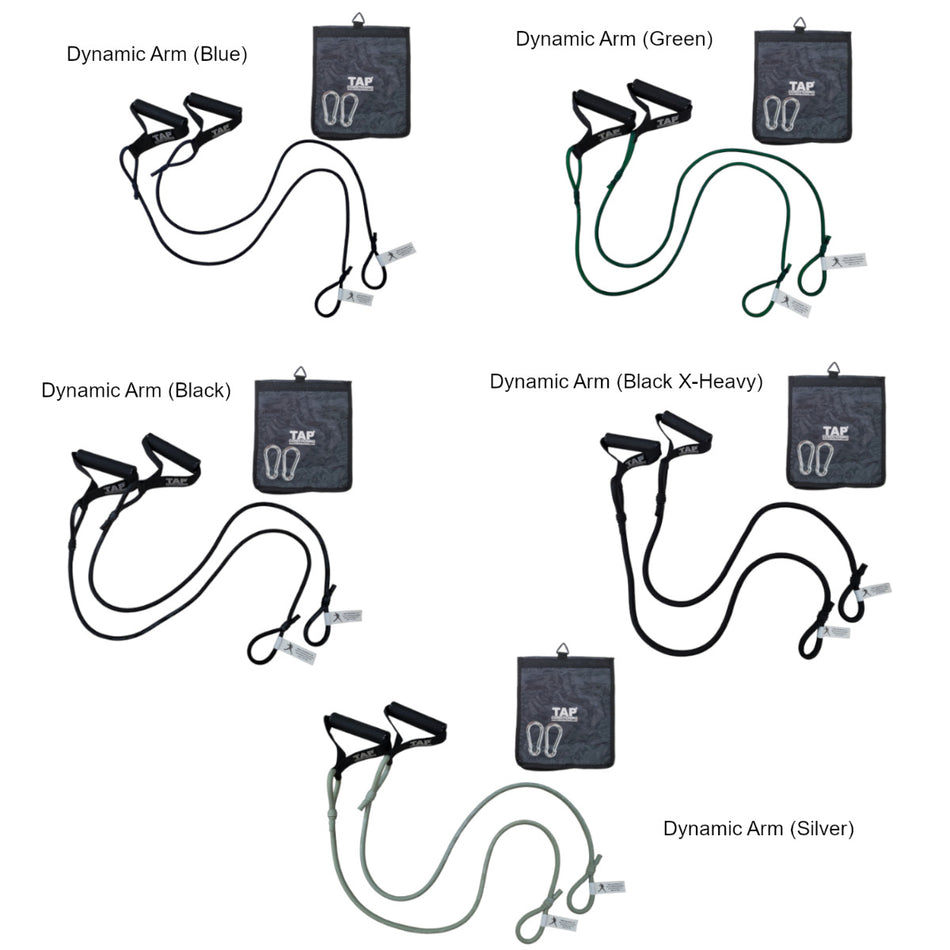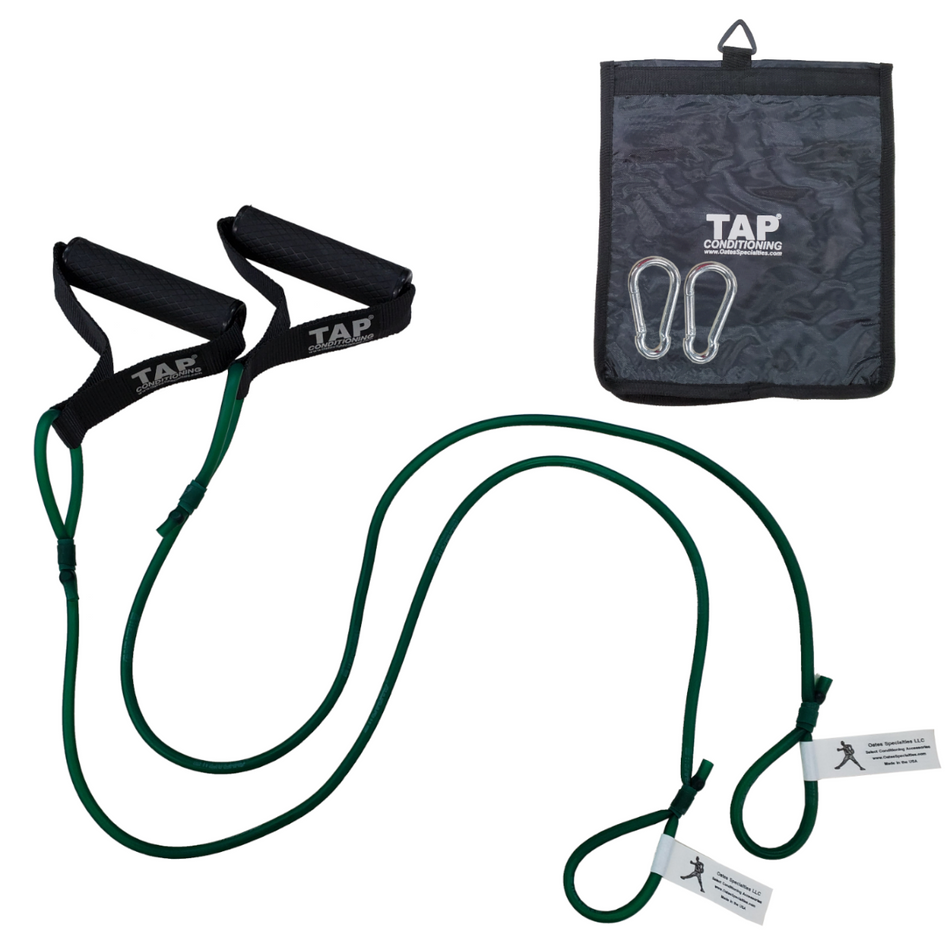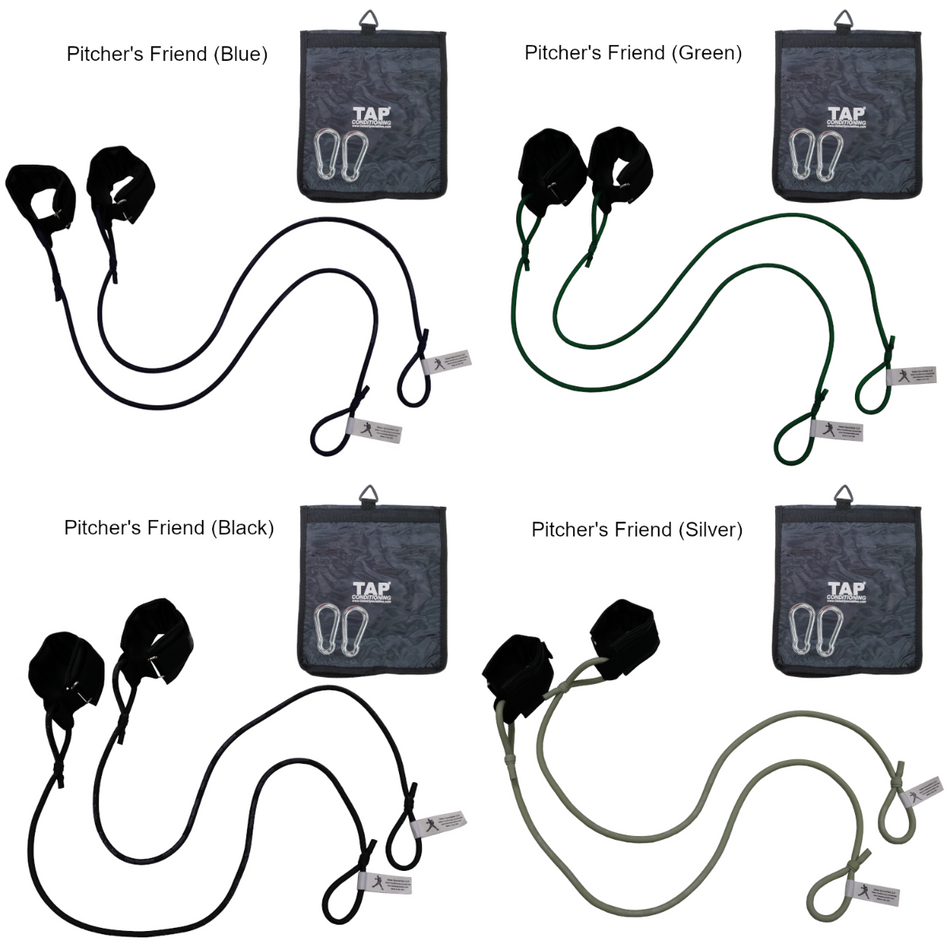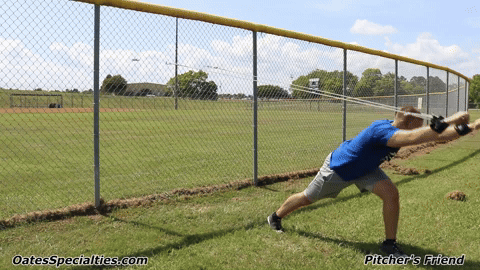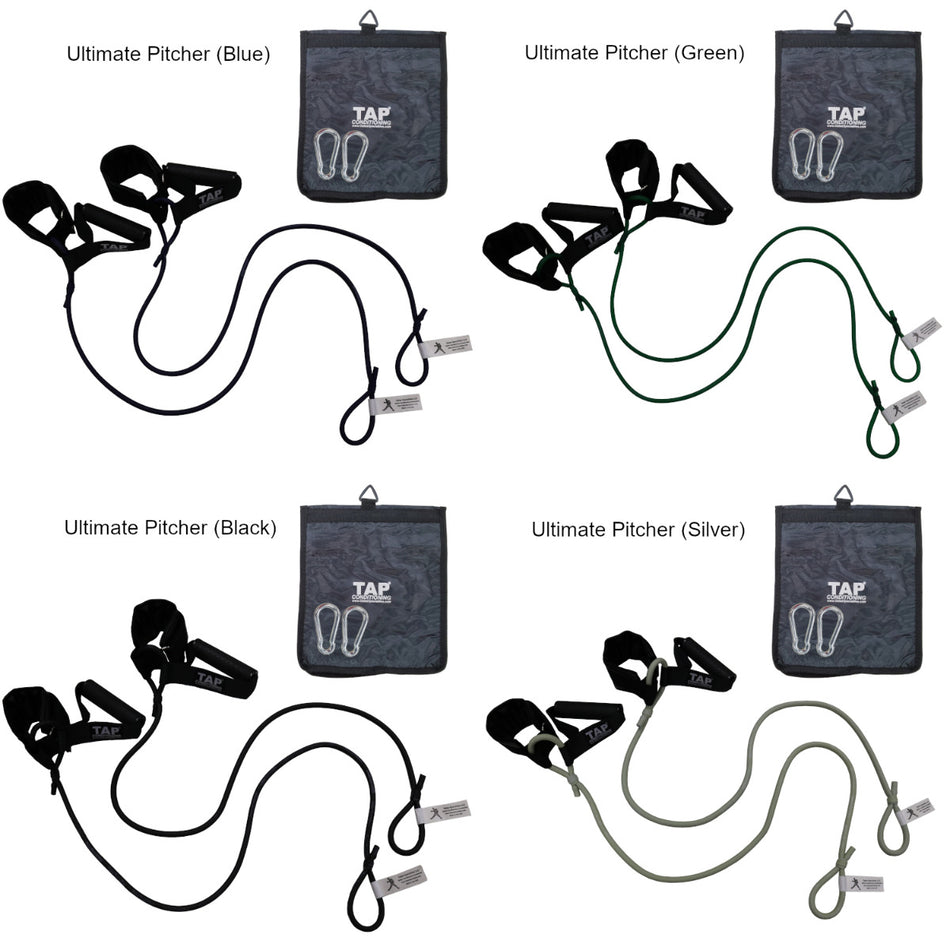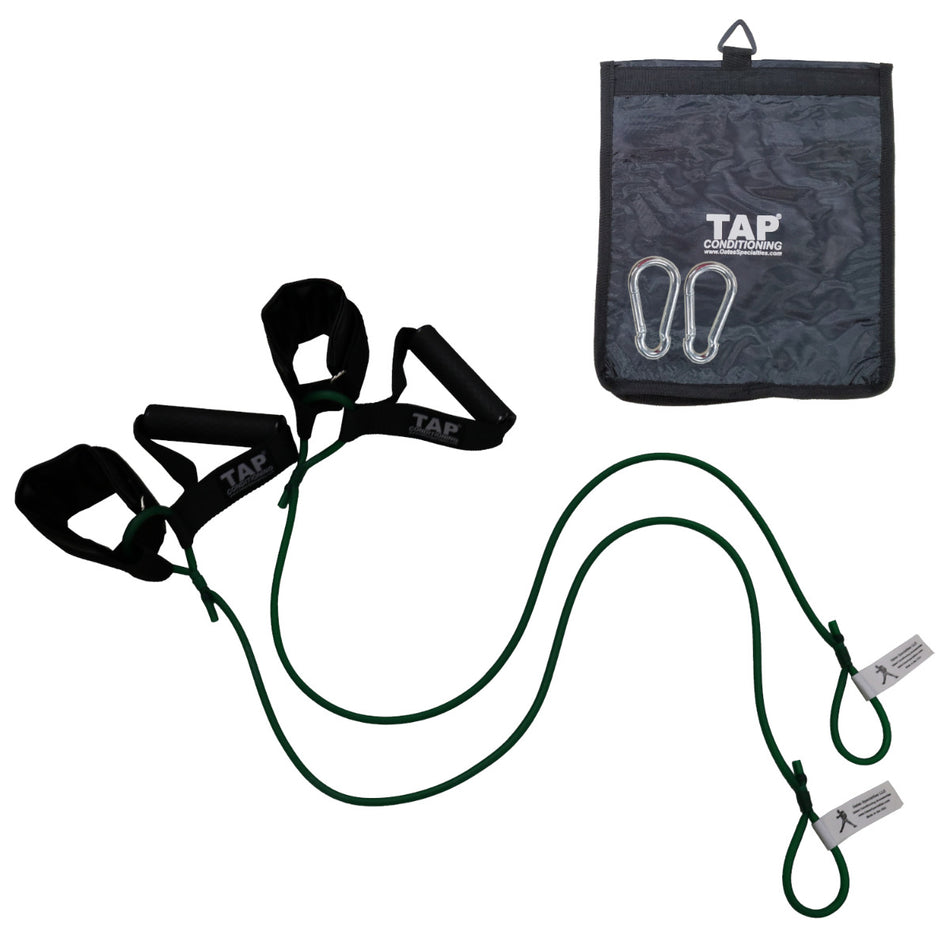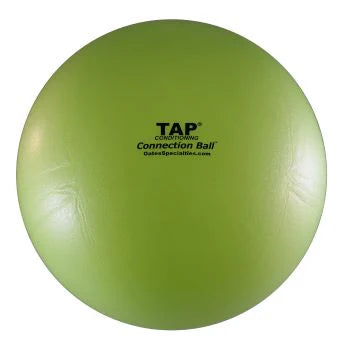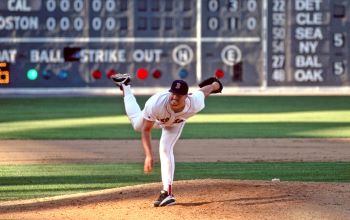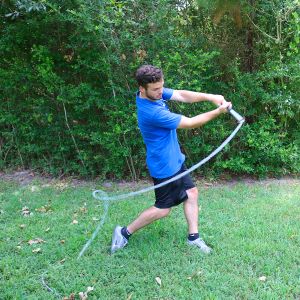In my post last week I discussed the arm positions that all pitchers should travel through during their delivery if they want to maximize the efficiency of their movement patterns and minimize the stress put on their arm. For the purposes of a quick recap, the 3 key positions that a pitcher should work to make sure he is in are:
1) At foot strike the elbow should be slightly below the shoulder.
2) At foot strike the forearm should be at or inside of 90 degrees with the arm.
3) As the pitcher rotates toward the plate and begins to square his chest up with the catcher his glove side should firm up to provide something stable to rotate into.
These key positions were identified by Coach Ron Wolforth of the Texas Baseball Ranch after looking at thousands of pictures and hours of film of Major League pitchers – both those who stayed healthy throughout their careers and those who constantly battled injuries. It’s one thing, however, to simply identify the positions that pitchers should travel through, but a completely different animal to try and teach pitchers how to change their movement patterns.
I know from personal experience that baseball coaches like to try and teach things by simply orally telling their players how things should be done, or what a movement should look like, but this is a very difficult way to actually have an athlete do what the coach is instructing. It is best if there is some way for the athlete to feel the movement he is supposed to make, or to simply be able to make the movement with the help of some training device.
Knowing this, Coach Wolforth found what I believe to be a perfect device to help teach these positions – the Connection Ball. We named the product this because its purpose is to help link up the body to become more efficient. The TAP Connection Ball is a 12 inch inflatable ball that has a unique texture to it – it has a rough and sticky feeling which helps athletes keep it in place no matter the conditions outside or the amount the athletes are sweating.
The Connection Ball is just the right size to help athletes preset themselves in the proper arm positions. For example, the ball can be put under the arm pit area and held by the athlete to ensure that his elbow is slightly below the shoulder. The ball can also be put between the bicep and forearm so that the forearm is at a less than 90 degree angle. Lastly, the ball can be put between the bicep and forearm on the glove side so that when the athlete rotates he squeezes the ball which helps to firm up his front side.
With the Connection Ball in any of these positions the athlete can take a baseball and perform whatever type of throwing drill he desires. As the athlete goes to throw the baseball, the Connection Ball will fall out of its position and to the ground. There are a couple of good things about using connection balls while performing actual throws. First, the athlete is not losing his ability to be dynamic. It doesn’t involve any type of stopping mid throw in a position. Second, it allows the athlete to still be himself. Each pitcher has a different arm action and movements, and while using the Connection Ball does require all athletes to start in the same position, as soon as they go to throw they will become their unique selves again--the Connection Ball simply helps preset the athlete in the correct arm position. Of course, the goal of using the Connection Ball is to recreate the movement patterns that an athlete makes so that he travels through these positions. To make the Connection Ball drills most effective so that pitchers will see the results even when they are not using the ball, blending is the best way to achieve that. Blending requires the athlete to alternate between throws with the Connection Ball and throws without it so that the body innately blurs the distinction between whether the ball is being used or not, and over time this will help the regular throws look more like those with the Connection Ball.
The great thing about the Connection Ball is that it can be used in any number of throwing exercises. They can be used in torque drills, step into’s, step behinds, turn and burns, etc. Using the Connection Balls have been one of the most important additions for the athletes at the Baseball Ranch in a very long time, and it can quickly impact you or your pitchers as well.
If you have any questions about the Connection Ball, the drills that should be done with it, or anything else please don’t hesitate to contact me.
Until next time, Brian Oates
Brian@Oatesspecialties.com


